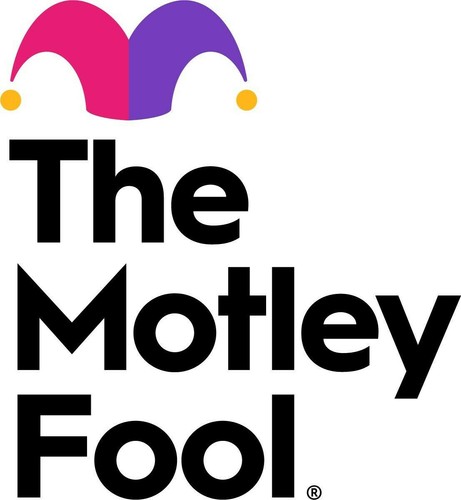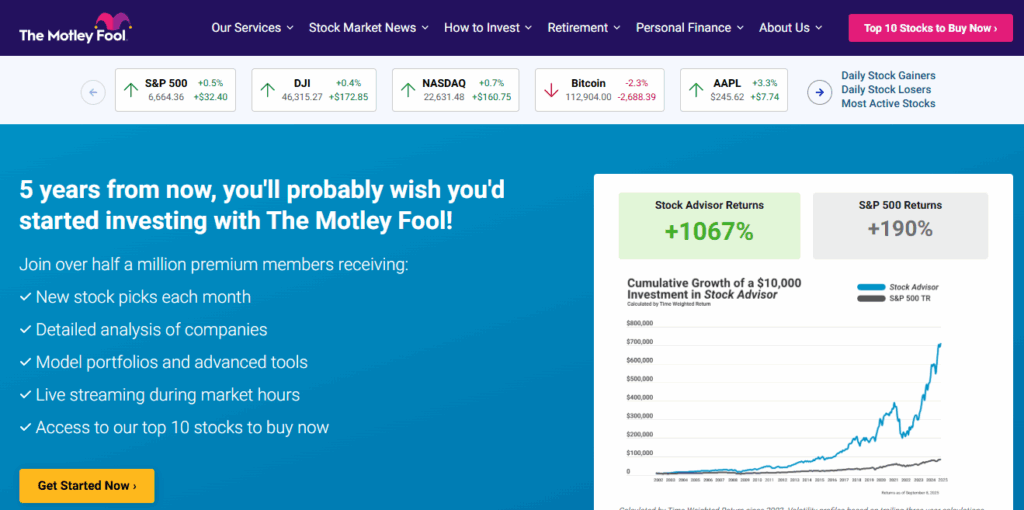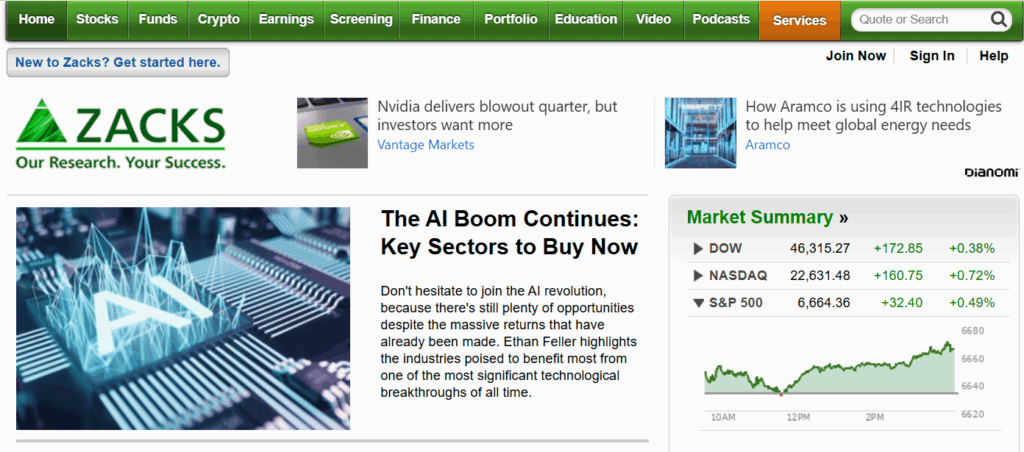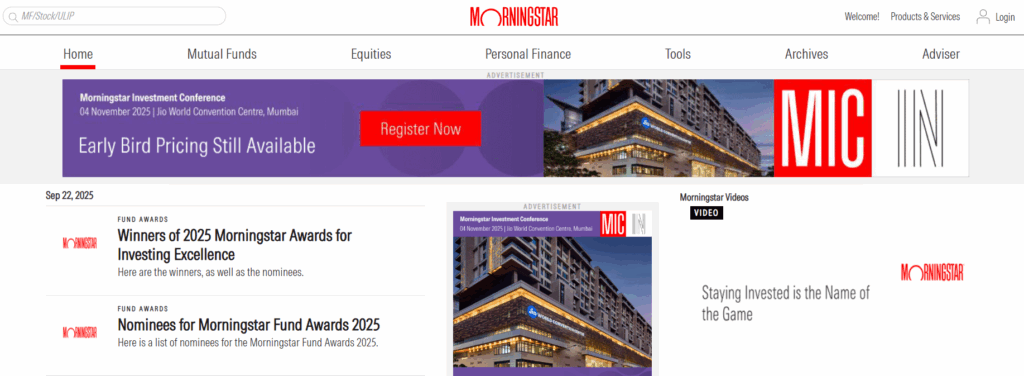Thinking of switching from Motley Fool? 📈 You’re not alone many investors want fresh options.
This guide is direct, inviting, and easy to follow. We’ll explore 3 powerful alternatives 🎯
By the end, you’ll know which one’s your real Motley Winner 🏆
Introduction

When it comes to investment advice and stock-picking services, The Motley Fool has long been a household name. Their Stock Advisor and Rule Breakers programs helped many investors gain an edge in the stock market.
But here’s the catch: Motley Fool isn’t for everyone. Some investors find it too expensive, too focused on U.S. markets, or prefer tools that offer more research depth, portfolio tracking, or broader coverage.
That’s where alternatives come in. In this article, I’ll break down the 3 best Motley Fool alternatives in 2025, explaining what makes each unique, who it’s best for, and how it compares to Motley Fool.

Why Look for Motley Fool Alternatives?
Before we dive into the alternatives, let’s address the big question why not just stick with Motley Fool?
- Pricing concerns:
Even with offers, some plans may feel expensive for beginners. - Limited scope:
Mostly U.S.-based stock picks, less coverage of global markets. - Style mismatch:
Focused on long-term “buy and hold” growth investing, which may not suit short-term traders. - Mixed results:
While successful overall, some picks underperform, leaving users frustrated.
If you’ve ever felt these pain points, exploring alternatives could help you find a service that better fits your investing style.
The 3 Best Motley Fool Alternatives
If Motley Fool feels too limited or pricey, don’t worry you’ve got options. 🚀These 3 alternatives offer different investing styles, tools, and insights.
Let’s break down what each one offers plus their pros & cons for clarity.
1. Seeking Alpha Premium – For In-Depth Research Lovers

Seeking Alpha is a research-driven platform that combines expert analysis with community insights, making it ideal for investors who want to dig deeper.
- ✅ Powerful Quant Ratings and stock screeners to spot opportunities.
- ✅ Access to Wall Street analyst ratings + crowd opinions for balanced perspectives.

Key Features:
- Analyst & Community Insights:
Access to Wall Street analyst ratings and independent investor opinions. - Quant Ratings:
AI-driven “Strong Buy → Sell” signals based on fundamentals, valuation, and momentum. - Stock & ETF Coverage:
Thousands of U.S. and international stocks, ETFs, and sectors. - Screeners:
Advanced filters for growth, dividends, and undervalued stocks. - Portfolio Tracking:
Real-time alerts on rating changes or earnings announcements. - Extra Services:
Alpha Picks newsletter with 2 stock recommendations per month.
👉 Great for investors who want both research depth and actionable picks.
Pricing (2025):
- Premium Plan → $4.95 first month, then $239/year.
- Pro Plan → $99/month (billed $2,400/year).
- Basic Plan → Free (limited access).
👉 Best for: Investors who enjoy doing their own homework but want premium tools to back them up.
Pros:
- Wide coverage of U.S. and international stocks.
- Access to professional + crowd-sourced insights.
- Strong quant rating system and advanced screeners.
Cons:
- Can be overwhelming for beginners.
- Premium plan still costs nearly as much as Motley Fool.
2. Zacks Investment Research – For Data-Driven Stock Picks

Zacks is known for its data-first approach, giving investors a clear ranking system that helps them make quick, confident decisions.
- ✅ Focus on earnings surprises and short-term plays to capture fast gains.
- ✅ The famous Zacks Rank (#1 Strong Buy → #5 Strong Sell) for clarity.

Key Features:
- Zacks Rank System:
Ranks stocks from #1 (Strong Buy) to #5 (Strong Sell). - Earnings Focus:
Predictive tools around quarterly earnings surprises. - Research Reports:
Access to Zacks analyst reports on 1,000+ companies. - Screeners:
Customizable filters for stocks, ETFs, and mutual funds. - Portfolio Tracking:
Alerts on ranking changes for your holdings. - Extras:
Industry Rank to see the hottest and weakest sectors.
👉 Best for traders who like short-term opportunities with a data-driven edge.
Pricing (2025):
- Zacks Membership → Free.
- Zacks Premium → $249/year (with free 30-day trial).
- Zacks Ultimate → $495/year (with $1 trial for 30 days).
👉 Best for: Investors who want clear rankings, short-term insights, and reliable data-driven picks.
Pros:
- Trusted Zacks Rank system (Strong Buy to Strong Sell).
- Great for earnings-focused and short-term trading.
- Research reports on thousands of stocks.
Cons:
- Interface feels outdated.
- Less beginner-friendly, better for experienced traders.
3. Morningstar Investor – For Long-Term, Value-Focused Investors

Morningstar is the go-to choice for long-term, cautious investors who care about steady growth and retirement planning.
- ✅ Simple 1–5 star ratings for stocks, ETFs, and mutual funds.
- ✅ In-depth portfolio analysis tools to check diversification and risk.

Key Features:
- Star Rating System:
Simple 1–5 star ratings based on valuation. - Analyst Reports:
In-depth coverage of stocks, ETFs, and mutual funds. - Portfolio X-Ray:
Tool to analyze diversification, sector exposure, and risk. - Global Database:
Covers investments from the U.S. and international markets. - Screener Tools:
Find undervalued funds or stocks quickly. - Educational Resources:
Guides on retirement planning, asset allocation, and risk management.
👉 Best for cautious, long-term investors who value steady growth and portfolio safety.
Pricing (2025):
- Monthly → $34.95/month.
- Yearly → $199/year (discounted from $249).
👉 Best for: Retirement-focused, cautious, or long-term value investors.
Pros:
- Excellent mutual fund & ETF research.
- Star-rating system makes evaluation simple.
- Strong reputation among retirement-focused investors.
Cons:
- Less exciting for traders seeking fast gains.
- Reports can feel too conservative.
Motley Fool vs. Alternatives (Quick Comparison Table)
| Service | Ease of Use | Best For | Key Strengths | Weaknesses |
|---|---|---|---|---|
| Motley Fool | Beginner-Friendly | Beginners & long-term U.S. stock pickers | Simple newsletters, proven track record, easy guidance | Limited to U.S. stocks, some upselling |
| Seeking Alpha | Intermediate | DIY investors & global market explorers | Deep analysis, quant ratings, analyst & community insights | Can overwhelm beginners, higher learning curve |
| Zacks Premium | Advanced | Traders & data-driven investors | Zacks Rank system, great for earnings-based strategies | Less beginner-friendly, outdated interface |
| Morningstar | Beginner–Intermediate | Retirement planners & cautious investors | Star ratings, strong mutual fund & ETF research | Conservative approach, less exciting for traders |
🧭 How to Choose the Right Stock Advisor
Picking the right stock advisor comes down to matching their style with your goals.
1. Define your investing style –
Long-term investors may like Motley Fool or Morningstar, while short-term traders fit better with Zacks or Seeking Alpha.
2. Check track record – A good advisor shows past results clearly, not just success stories.

3. Compare cost vs. value – Ask what you’re getting for the fee: simple stock picks, or full research tools.
4. Look at extras – Some offer portfolio trackers, screeners, and education that add more value.
5. Test first – Use trials or intro offers ($1 at Zacks, $4.95 at Seeking Alpha) before committing.
👉 In short: The right stock advisor is the one that fits your risk level, goals, and comfort—not just the most popular name.
⚠️ Common Mistakes to Avoid When Choosing a Stock Advisor
Picking a stock advisor can be tricky, especially with so many options out there. Here are some mistakes many investors make and how you can avoid them:

❌ Chasing Hype Instead of Strategy
Many investors sign up for services just because they saw big returns advertised. Always check the advisor’s track record and whether it matches your style.
❌ Ignoring Your Risk Tolerance
An aggressive service like Zacks may not suit a conservative investor, while Morningstar might feel too slow for someone who wants fast-moving trades.
❌ Focusing Only on Price
Cheap doesn’t always mean better. Sometimes paying a little more gives you tools and insights that save you from costly mistakes.
❌ Not Using Free Trials
Almost every major platform (Zacks $1 trial, Seeking Alpha $4.95 first month, Morningstar free trial) lets you test before committing yet many skip this step.
❌ Expecting “Guaranteed Wins”
No stock advisor can promise profits. These services provide guidance and analysis, but you’ll still face market risks.
👉 Takeaway: The right advisor is the one that fits your goals, risk level, and learning style. Avoid these mistakes, and you’ll make a smarter choice when picking an alternative to Motley Fool.
⭐ User Reviews & Ratings
When deciding on any investment research platform, hearing from real users matters just as much as the features.
Motley Fool (⭐ 4.3/5 on Trustpilot) :
Generally praised for its easy-to-follow stock picks and long-term success rate. However, some reviews mention upselling pressure (multiple add-on services) and frustration when certain stock picks underperform.
Seeking Alpha Premium (⭐ 4.1/5 on App Store & Google Play):
Highly rated for the depth of analysis and variety of voices. Many users love having access to both professional analysts and community insights. A few beginners find the platform a bit overwhelming at first because of the amount of data.

Morningstar (⭐ 4.0/5 based on independent reviews):
Gets top marks from retirement-focused investors who value its mutual fund and ETF research. Users like the star-rating system for simplicity. But, active traders may find it too slow-paced or conservative.
Zacks (⭐ 4.2/5 on G2 & TrustRadius):
Appreciated by traders for its clear stock ranking system and earnings forecasts. Reviews often mention the Zacks Rank #1 (Strong Buy) list as a favorite feature. On the downside, some say the design feels outdated compared to newer platforms.
👉 Takeaway: Reviews show that each service has its sweet spot your choice should match your comfort level with data, analysis style, and goals.
🎯 Finding the Right Investing Partner
When it comes to investment advice, Motley Fool has built a reputation for helping everyday investors succeed.
But in 2025, it’s no longer the only trusted option on the table. Depending on your style, one of these alternatives could actually fit you better.

🏆 Best Overall Alternative – Seeking Alpha Premium
If you want the freedom to dive into detailed research, compare analyst opinions, and use advanced tools, Seeking Alpha gives you the control Motley Fool doesn’t. It’s perfect for investors who want to be hands-on and explore beyond simple “buy” or “sell” picks.

📊 Best Data-Driven Choice – Zacks Investment Research
For those who like numbers, rankings, and short-term opportunities, Zacks is unmatched. Its famous Zacks Rank makes decision-making straightforward, especially if you follow earnings trends. If Motley Fool feels too story-driven, Zacks balances that with hard data.

📚 Best Long-Term Pick – Morningstar Investor
If you’re building a safe, retirement-focused portfolio, Morningstar is your ally. With its star ratings and in-depth fund research, it gives cautious investors confidence without hype. Where Motley Fool chases growth, Morningstar emphasizes value and security.
👉 Bottom line: Motley Fool is strong, but your real Motley Winner depends on your goals 🎯.
If you crave research depth → go for Seeking Alpha. If you trust data → Zacks is for you. And if you want peace of mind in long-term investing → Morningstar is the way to go.
📊 Summary: Motley Fool vs Its Alternatives
🔗 The Similarities
Motley Fool, Seeking Alpha, Zacks, and Morningstar all share one mission: helping investors make smarter decisions.
- They target individuals who want to grow wealth through stock investing.
- Most of them focus on long-term strategies rather than quick day trading.
- Each service has delivered proven results for its members over time, with a loyal following.
In short, whether you pick Motley Fool or one of its rivals, you’re getting tools designed to boost confidence and improve returns.

⚖️ The Differences
This is where the real distinction lies:
- Motley Fool → Simple, newsletter-style stock picks, great for beginners or hands-off investors.
- Seeking Alpha → Data-rich research and quant ratings for investors who want to dig deeper.
- Zacks → Clear, numbers-driven rankings—best for short-term traders looking at earnings momentum.
- Morningstar → Conservative, value-focused research, ideal for retirement planning and fund investors.
So, while the goal is the same, the path each platform takes is very different from hands-on analysis to done-for-you picks.
🎯 The Bottom Line
If you’re a beginner who wants stock picks without the homework, Motley Fool is still strong.
If you want more control and insight, Seeking Alpha or Zacks may suit you better.
And if long-term security is your priority, Morningstar is the safest choice.
👉 Bottom line: There’s no single “best” service just the one that fits your style of investing.

❓ FAQs
Q1. Are there any free alternatives to Motley Fool?
Yes sites like Yahoo Finance, Google Finance, and Reddit investing forums offer free insights, but they lack the depth of premium platforms.
Q2. Do these alternatives cover international stocks?
Seeking Alpha and Morningstar cover global markets, while Motley Fool and Zacks are mainly U.S.-focused.
Q3. Can I use more than one service at a time?
Absolutely. Many investors combine Motley Fool with Seeking Alpha or Morningstar to balance growth and value.
Q4. Which service is best for retirement investing?
Morningstar is the top choice for retirement-focused investors due to its fund ratings and diversification tools.
Q5. Are these services better for short-term trading or long-term investing?
Zacks leans short-term (earnings and data-driven picks), while Morningstar and Motley Fool lean long-term. Seeking Alpha can work for both depending on how you use it.
Q6. Do these platforms offer mobile apps?
Yes, all four Motley Fool, Seeking Alpha, Zacks, and Morningstar have mobile apps for tracking and research on the go.